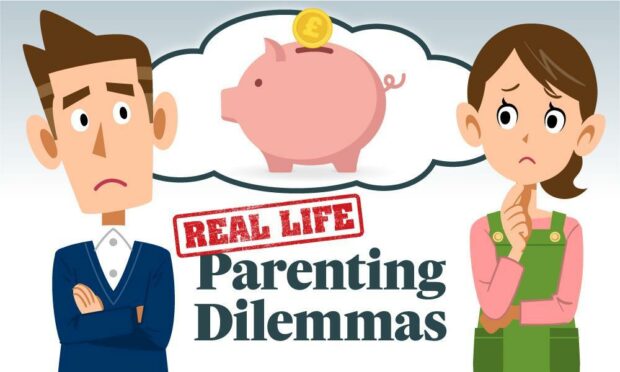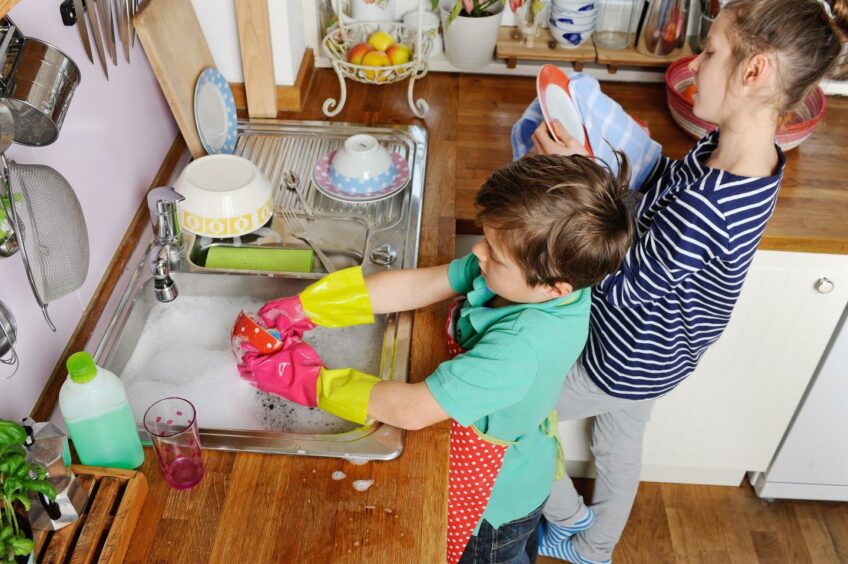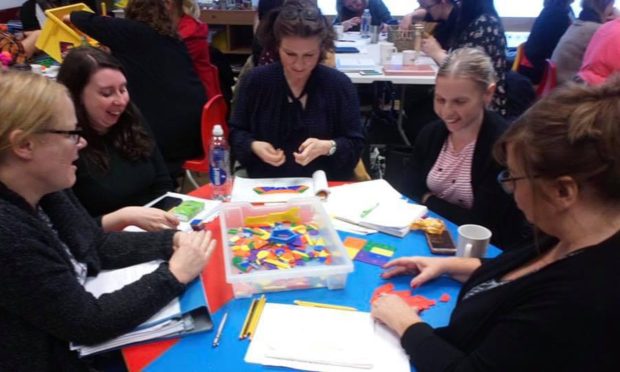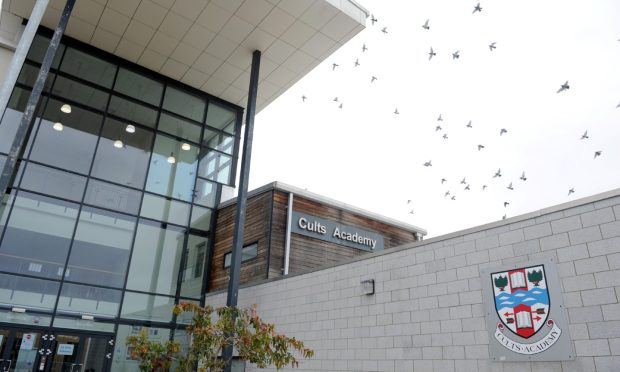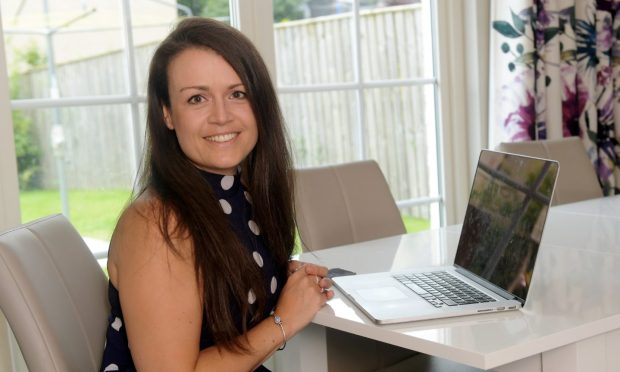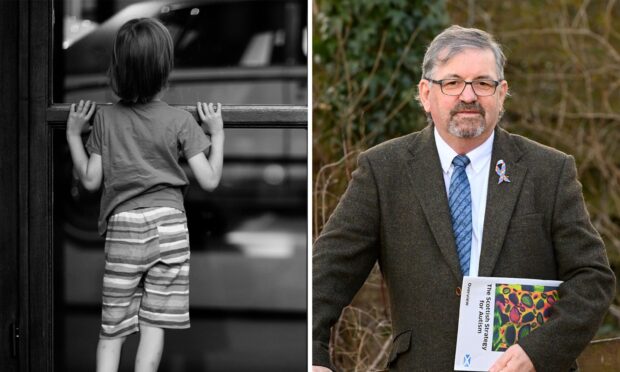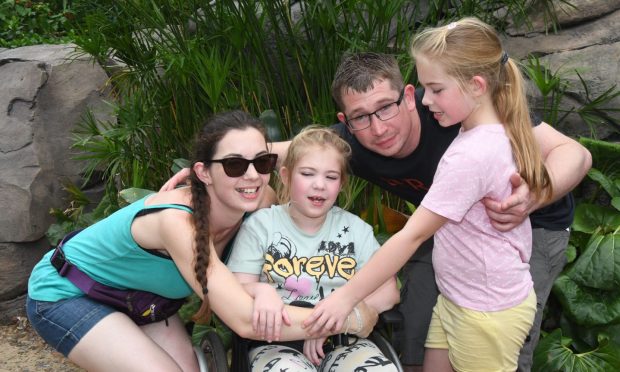One school morning, my eight-year-old daughter flounced into my bedroom and asked if she could start her own YouTube channel.
My flat ‘no’ was met with a predictably dramatic, “Why do you have to CRUSH all my dreams?!”
Dream-crushing aside, I like to think I’m quite an accommodating parent, so I calmly attempted to convey the dubious business model of internet stardom.
I asked, “Would you rather get rich, or enjoy your childhood?”
She answered, fast, “Get rich.”
Luckily, her four-year-old brother stepped in. “Don’t worry,” he said, “I have 40 hundred pounds and I’m taking us all to Portugal.”
This got me thinking; shouldn’t my kids have at least a loose grasp of the concept of money? Is there a teachable moment here?
Meet the expert who can help
Pocket money is one of the many thorny issues facing parents today.
On the surface – and in the middle of a pandemic – pocket money may seem trivial.
But lift the bonnet, and there’s a lot of psychology humming away underneath.
Dr Heather Branigan, a child psychologist at Aberdeen University, provides some fascinating insights into the developing mind of a child.
She also acknowledges that when it comes to kids, it’s never as simple as x+y=z.
First up, I ask Dr Branigan at what age children can begin to grasp the abstract concept of money. It turns out, this question is hotly debated in academia.
Try this coin test with your kids
Dr Branigan introduces me to Piaget’s theory of cognitive development.
The science bit: early on, children tend to think intuitively rather than logically.
Here’s an interesting example. Take a child of about five and place two identical piles of coins in front of them.
Most children will know that each pile has an equal number of coins.
Now, take one of the piles and spread it out to cover a larger surface area.
Even if you do this right in front of the child, they will still think the spread-out coins have a higher volume.
You can watch the experiment below.
When to start and how much to give
What does all this have to do with pocket money?
“Children don’t have as sophisticated a sense of number as adults,” says Dr Branigan.
“However, that doesn’t mean they can’t benefit from getting pocket money.
“In fact, pocket money may help scaffold their development of numeracy.”
Dr Branigan suggests that for young children, the mere act of counting out the coins and storing them in a piggy bank is beneficial to their cognitive development.
If you add in a trip to the shop, you also have an opportunity to boost their social skills.
With this in mind, kids as young as four or five will benefit from having a small amount of money.
According to MoneySupermarket, many parents start handing out pocket money around school age.
Most pocket money apps start at age four, with fun reward charts to help children understand the concept of ‘earning’ their cash.
However, eight seems to be the magic number.
Research for Barclays UK shows that most parents believe this is the age when kids can start picking up small chores around the house in return for pocket money.
Meanwhile, the annual pocket money survey by Halifax UK showed that more than half of eight to 15-year-olds expect to get pocket money until they get their first job.
But how much should we give? The answer really depends on what parents can afford and feel comfortable with. The Halifax survey puts the average amount nationally at £7.55 per week.
One report suggests that pocket money has seen a 24% year-on-year rise recently.
Take our poll and let us know what’s happening in the real world of pocket money.
Cash for chores? Praise works, too
Dr Branigan says the amount we spend – and even the strings we attach to it – matter less than the conversations around it.
“In many ways it goes back to motivation, rewards and parenting styles,” says Dr Branigan. “Positive reinforcement is stronger for modifying behaviour than punishment.”
She told a story of research where two groups were asked to complete certain tasks.
One group was offered payment and the other group was told how much their time and effort was appreciated.
The group fuelled by praise was more motivated.
So if you’re using pocket money to reward good behaviour or household chores, you may find that cash is less motivating than you expect.
Around 44% of parents surveyed by Halifax in 2021 set household chores in order to earn pocket money.
Do you?
And what about us?
As for me, I’ve come to the conclusion that it really depends on the child.
Both my kids now receive a small amount of money each week.
I’ve decided to move from cash to an app, because frankly it’s easier.
My now nine-year-old daughter is already showing signs of being a better saver than her mother.
And my boy still earnestly believes his £23 will take us all to Portugal.
What is your Real Life Parenting Dilemma? Send your question (we’d especially love a video of you asking it) to schoolsandfamily@pressandjournal.co.uk and we’ll try to find the answer.
More from the Schools & Family Team
Covid in schools: Weekly absence statistics
Why are Finnish schools better than ours? We investigate
Will a funding cut scupper the 1,140 hours childcare pledge?
